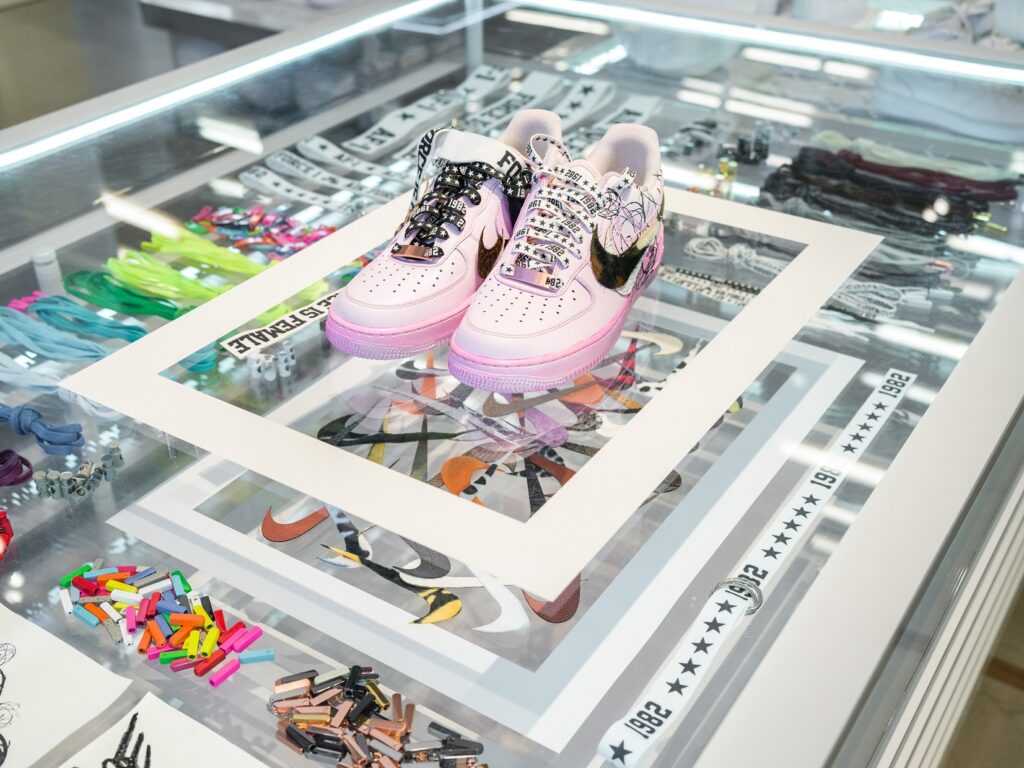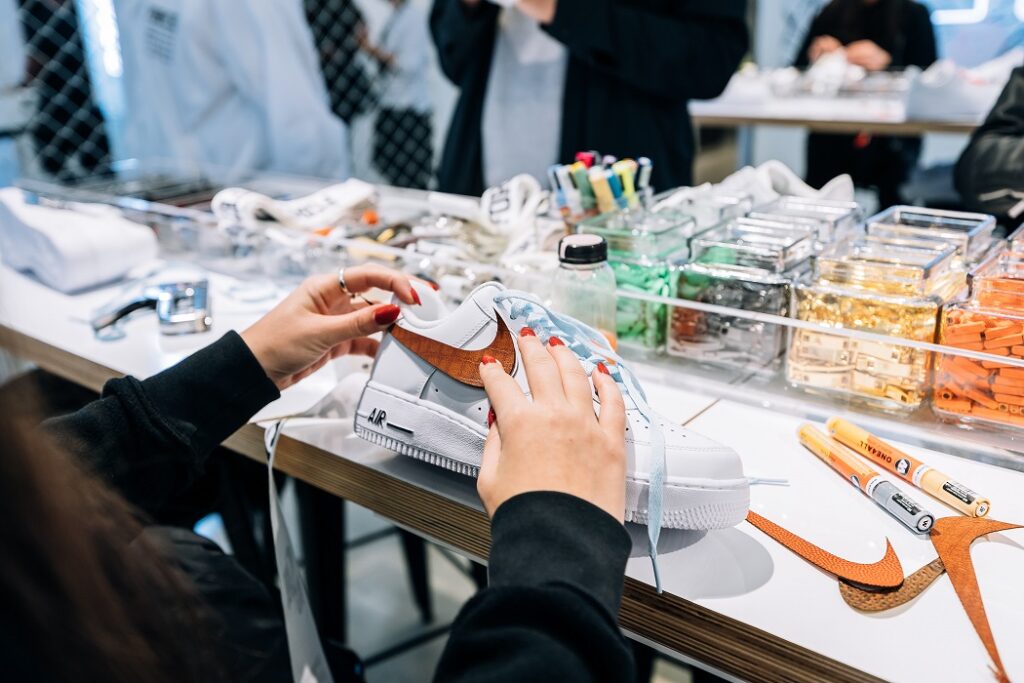
Experiential retail – also known as immersive retailing – has revolutionized the traditional brick-and-mortar retail landscape. But what’s the goal here?
This new flavor of retail engagement isn’t simply about selling items to shoppers; it’s about engaging in ways that are often meaningful and sensory in order to keep them coming back. In this immersive approach, customers are not just buyers, they’re participants in a brand’s story.
Below, Errol Andam, formerly of Nike and founder of creative experiential marketing agency 10X10 StudioLab, takes a look at tools like the Retail-as-a-Service model and the integration of technologies like augmented reality (AR) and how they help create novel, immersive, and memorable experiencesto win and retain customers.
Transitioning from Traditional Retail to a New Model
Retail has long focused on impersonal, transactional interactions. Stores display products, shoppers choose items, pay for them, and everyone hopes there’s no reason to return the product. It’s a functional process, but not necessarily engaging (though it does rely on marketing and brand affinity to a large extent).
Nowadays, it’s not uncommon to see brands shift gears, moving towards a retail model that involves presenting customers as part of the brand’s energy. This is partially inspired by the resurgence of in-person shopping, as well as the development of new digital outreach tools. The Retail-as-a-Service (RaaS) model aims to create unique and engaging experiences that draw in customers for more than transactions. They offer entertainment, exclusive moments, and other events and rewards that build brand loyalty and turn customers into ambassadors.
RaaS combines physical retail’s tactile aspects with digital technology’s ability to personalize and streamline the customer journey. For example, “smart” dressing rooms can offer personalized clothing suggestions based on the customer’s profile, preferences, and purchase history. A more public approach might involve using in-store events or workshops to foster community and social connections while deepening the customer-brand relationship.
This new experiential model prioritizes experience over transaction to create memories that stick with customers long after their purchase.

The Impact of Augmented Reality on Experiential RetailBrands are also taking advantage of augmented reality (AR) to enhance their clientele’s shopping. Retailers like IKEA and Sephora have used AR to let shoppers virtually “try before they buy.” While IKEA’s AR app allows shoppers to visualize how furniture will look in their homes, Sephora’s Virtual Artist lets potential buyers “try on” makeup on a digital rendition of their faces. These are both fun and convenient and potentially lead to fewer returns, which inconvenience both customers and retailers.Of course, these more personalized shopping experiences come with challenges. For example, they’re dependent on customers having mobile devices and strong internet connectivity. This can be rather challenging in remote or crowded areas, and as AR becomes more common, people will certainly scrutinize its ability to protect the consumer data it collects and uses to create customized interactions.Striking a balance between personalizing experiences and respecting customers’ privacy is a challenge retailers must tackle.

Summary
The experiential approach helps brands connect with their customers on a deeper level. Technologies like AR and business models like RaaS will need to navigate the challenges of tech integration and data privacy while continually innovating to offer unique, engaging experiences that delight consumers.

